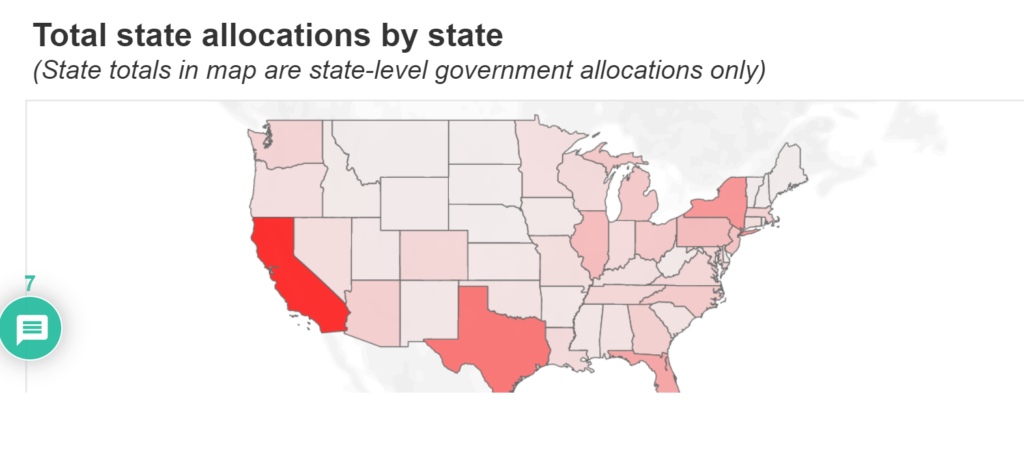Link: https://asia.nikkei.com/Spotlight/Society/China-s-young-and-old-rail-against-raising-retirement-age
Excerpt:
The retirement age for employees in the public sector and at state-owned enterprises is set at 60 for men, 55 for female office workers and 50 for female blue-collar workers. This has remained unchanged since around the time of the founding of the People’s Republic of China in 1949, even as life expectancy has risen to more than 80 in urban areas.
The government work report presented to the National People’s Congress in March stated that “the statutory retirement age will be raised in a phased manner” as part of the new five-year plan for 2021 through 2025.
Beijing sees this as necessary to alleviate pressure on the social safety net and head off a labor shortage that could set it back in its power struggle with Washington. But resistance is strong from young graduates concerned about the impact on their career prospects as well as from grandparents expected to care for grand children after retirement.
Author(s): Iori Kawate
Publication Date: 4 April 2021
Publication Site: Nikkei Asia


